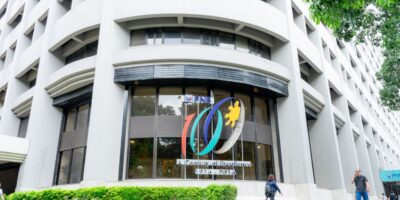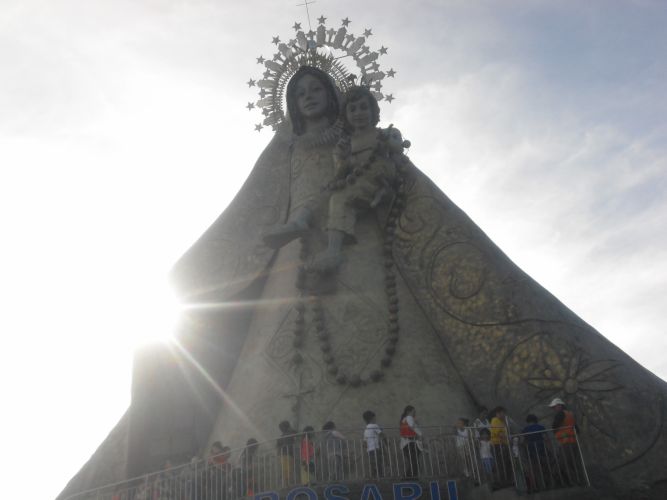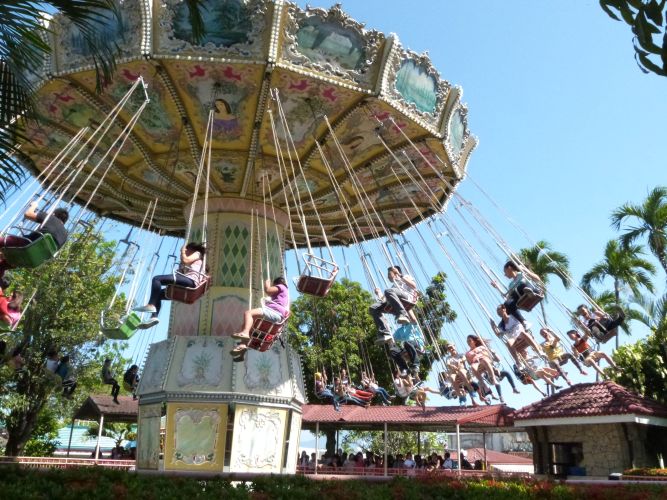Meet Pia. She is a 35-year-old high-powered senior executive in a management company, a devoted mother of two, and a loving wife. On paper, she is living the life that many Filipinos aspire to achieve.
The truth is that Pia, much like many other middle-class Filipinos, does not have the buffers needed to bounce back from emergencies.
According to the PURPLE Report, a study commissioned by fast-rising insurance company EastWest Ageas to global leader in consumer intelligence NielsenIQ, most Filipinos only have P50,000 in emergency funds. In fact, only 2 out of 10 Filipinos have emergency funds that can last over three months, and even less with P100,000 saved.
The needs of the present with the plans for preparedness
When it comes to how their monthly income is allocated, Filipinos reported that 30% of their income goes to basic household expenses. This means that long-term financial planning often takes a backseat in favor of more immediate concerns. With daily expenses such as food, rent, transportation, and mortgage demanding attention, setting aside money for a rainy day is often overshadowed by the realities of day-to-day needs.
However, Filipinos still recognize that they need to be prepared for emergencies, as it can ease their worries. In fact, 52% are concerned about the health of their loved ones, while 24% worry about critical illnesses and the large medical expenses tied to them.
Based on a recent study from the Philippine Statistics Authority (PSA), ischemic heart disease is the number one cause of death in the country. The average treatment cost can range upwards of P690,000. This means that the price tag for this 8-day stay in the hospital far exceeds the P50,000 that Filipinos have on hand, and more often than not, even exceeds their annual income. While government-mandated health and welfare services may cover these expenses, they may not be able to cover the breadwinner’s potential loss of income.
How ready are Filipinos to be ready?
The PURPLE Report shows that Filipinos become better financial planners as they grow older. Some Filipinos over 40 reported that they have more than three months’ worth of emergency funds, while those aged 22-39 shared that they have a shorter financial buffer.
The gap between wanting to be ready and actually being ready is made wider with economic pressures like inflation and income instability that hamper financial growth for many Filipinos. The fallback when an emergency happens is often one’s personal savings, the support of the family and community, and taking on loans from informal channels.
These practical solutions highlight the value of resilience, resourcefulness, and the spirit of generosity that Filipinos cling to. However, it also shows just how vulnerable they become when personal storms hit. Thus, they need the extra support to help them get through these struggles without compromising their goals.
Rising to the readiness challenge
While Filipinos are practical, they should not have to forego financial planning to prioritize current needs. Both should come hand-in-hand, partnered with the right tools and financial literacy programs, tailored insurance solutions, and inclusive savings programs to bridge the gap from wanting to be ready and being ready.
The challenge of readiness is one that can be addressed with education, access, and empathy. Every Filipino deserves to have a life that is secure, access to effective and affordable healthcare, and wealth that works for them.
By aligning services, solutions, and offerings that can help address present priorities and help plan for future goals, every Pia in the Philippines can truly be ready for a better tomorrow.
- Laifen | Setting a New Standard for Smart Hair Dryers in the Philippines - November 5, 2025
- Most Filipinos Only Have P50,000 in Emergency Funds – PURPLE Report - November 5, 2025
- LABAPALOOZA | TCL and Robinsons Appliance Bring Free Laundry and Smiles - November 5, 2025



















Leave a Reply